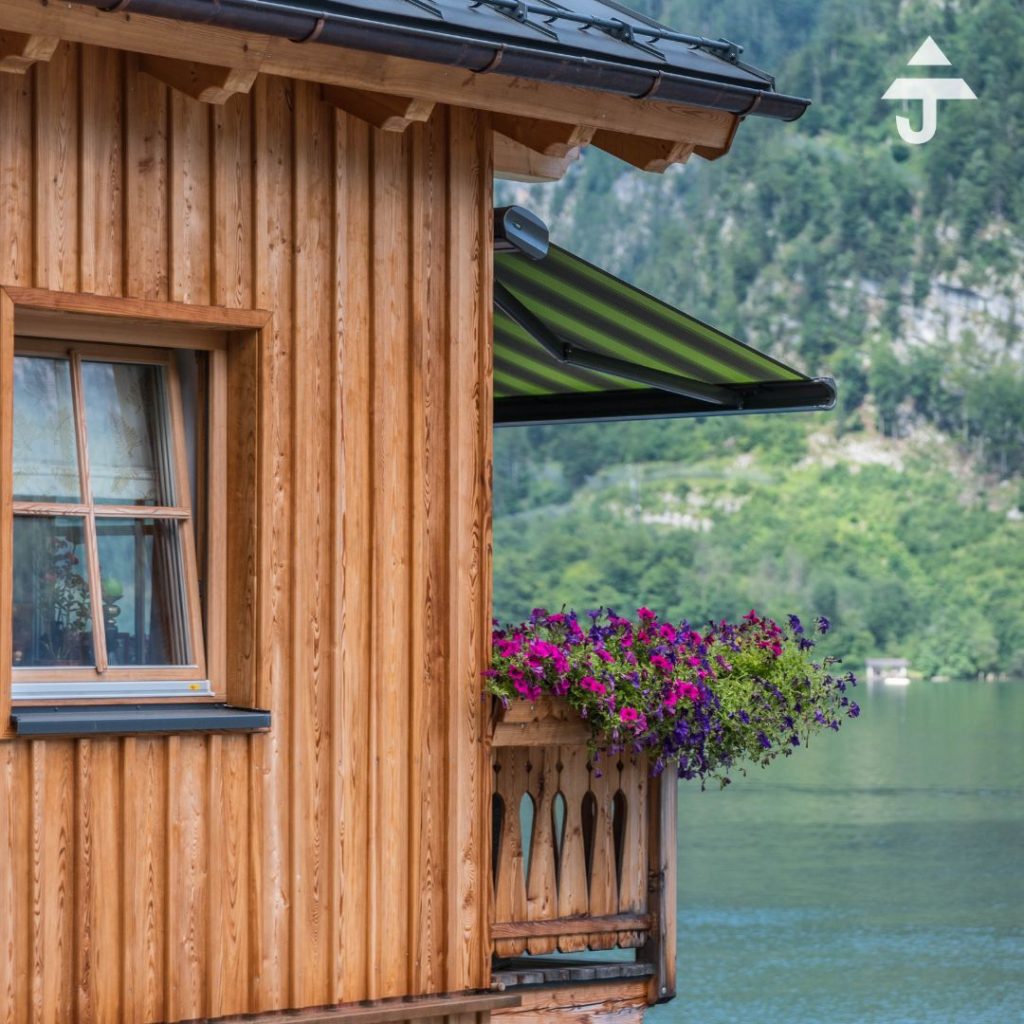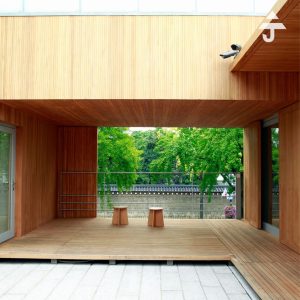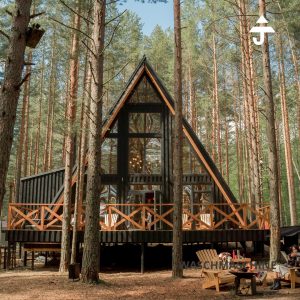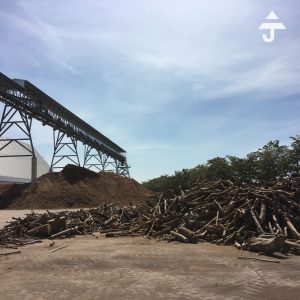Is a timber house CO2-neutral?

It is not - but it can become.
Not only concrete buildings, but also timber construction is not where it should be in terms of CO2: wood is taken out of the forest with gasoline and diesel. Wooden houses have a concrete basement, windows, roof tiles and many other things - things that cause a lot of CO2 during production.
But it doesn't have to stay that way: Whether cement, bricks or glass, the construction industry is working feverishly on the vision of CO2-neutral building materials. If the building materials are CO2-neutral, wood has the inherent advantage of binding carbon that was previously in the air as CO2.
Carbon storage
Because every timber house, like every timber product, is a natural carbon store. Due to this storage effect, wooden houses not only have the potential to be CO2-neutral, but even CO2-NEGATIVE - i.e. to take more CO2 out of the air than was released during construction - the wooden house is then a CO2 sink.
The path to the timber house as a CO2 sink is thus clearly defined:
✅ Use wood from the region,
✅ Make the production of all building materials (including timber) CO2-neutral,
✅ Power the house with green energy
✅ and reuse the timber when the building is demolished.
More details in the second part of my exciting trip to Grieskirchen to visit the timber builders Bernhard Pointinger and Niklas Ruprechter 👉🏻 Thanks to Pointinger Green Buildings for the paid partnership.
Click here to go to Andreas Jäger's YouTube channel: YouTube






